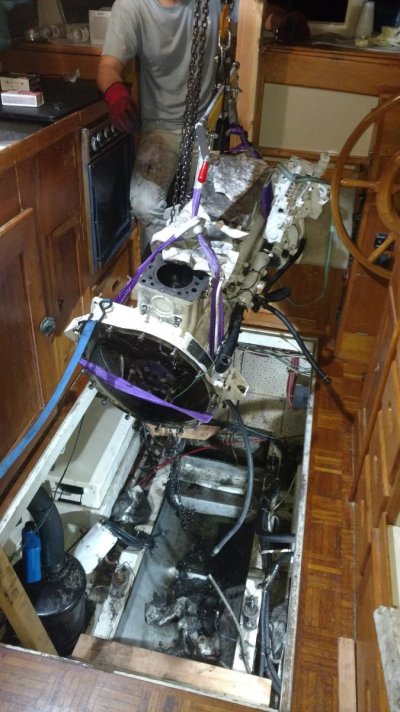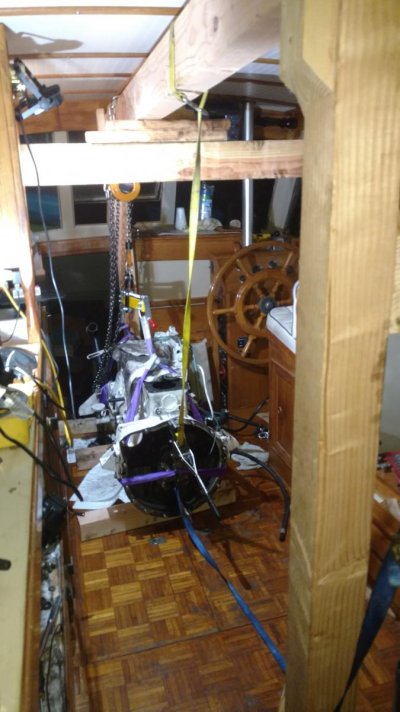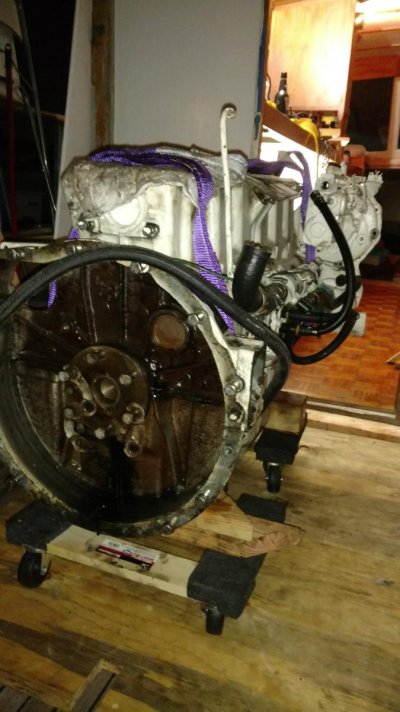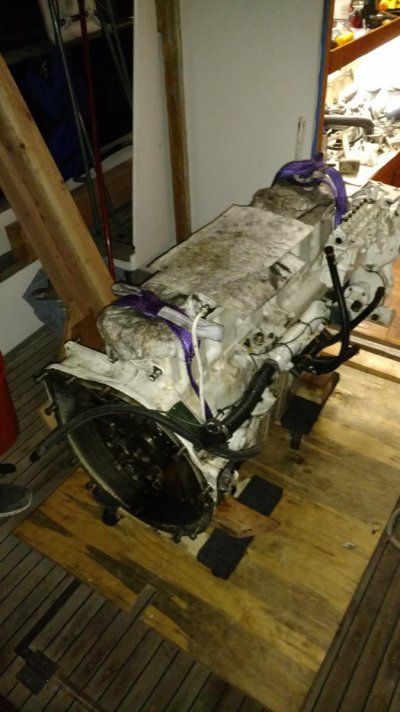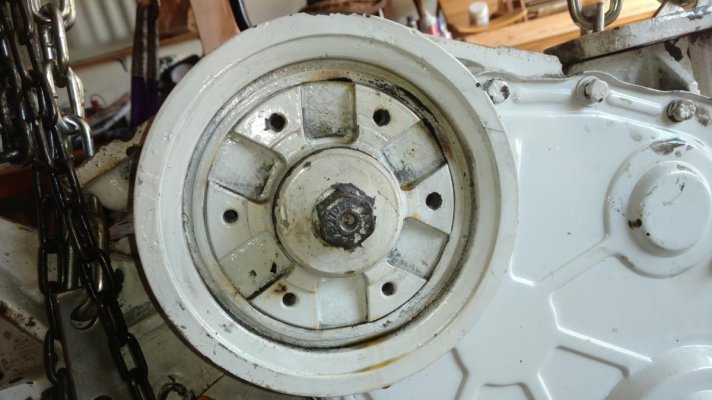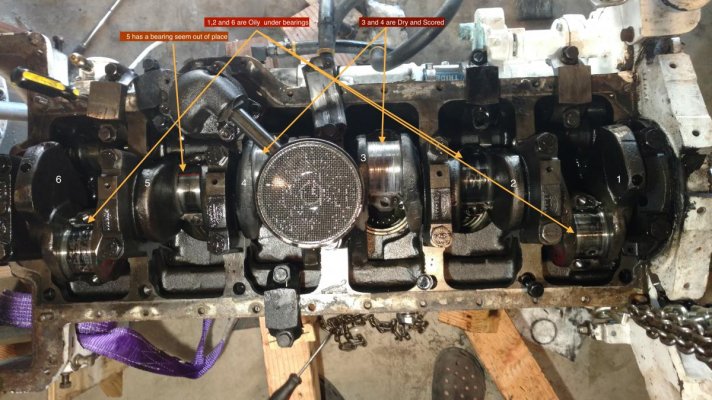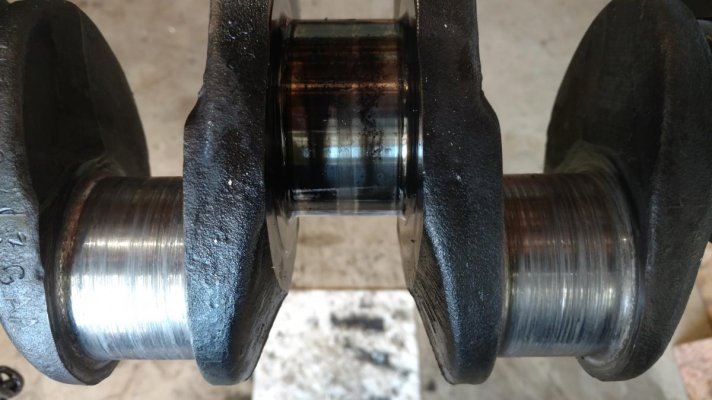sunchaser
Guru
- Joined
- Apr 9, 2008
- Messages
- 10,194
- Location
- usa
- Vessel Name
- sunchaser V
- Vessel Make
- DeFever 48 (sold)
Or better yet have it professionally rebuilt as described in a great thread a year or so ago by Larry on Hobo.
Which begs the question as to the completeness of the rebuild on MPL's Lehman 1,800 hours ago.
Which begs the question as to the completeness of the rebuild on MPL's Lehman 1,800 hours ago.


